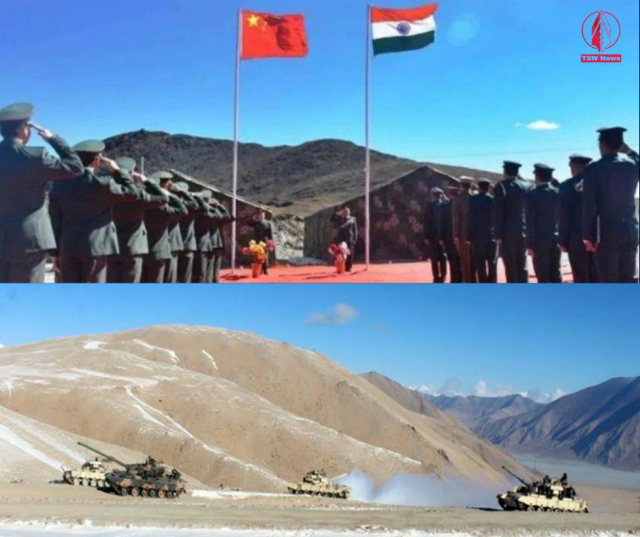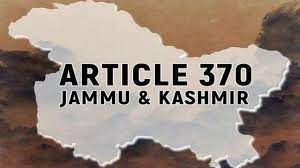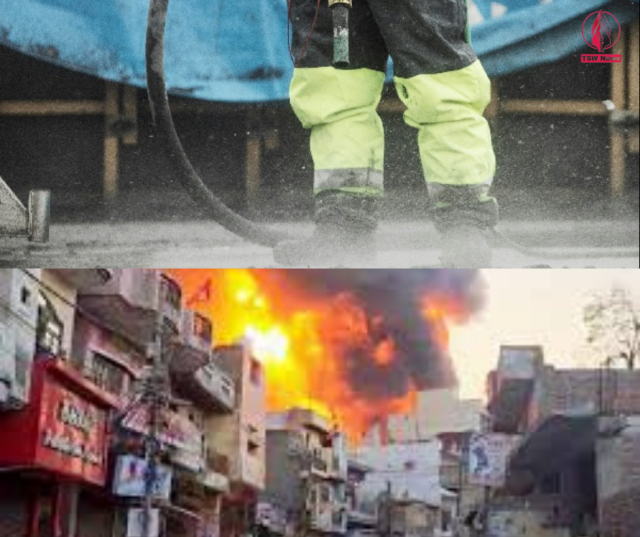India, China Complete Disengagement at Depsang, Demchok Along LAC
- Posted on October 30, 2024
- News
- By Arijit Dutta
- 146 Views
India and China have completed the disengagement of troops from the Depsang and Demchok regions along the LAC, facilitating coordinated patrols and signaling improved bilateral relations. This development follows agreements to reduce tensions after a four-year standoff that escalated in 2020.

India and China have completed troop disengagement at two significant flashpoints, Depsang and Demchok, along the Line of Actual Control (LAC) in eastern Ladakh, following an agreement reached earlier this month. The process, which involved the withdrawal of forward-deployed troops and dismantling of temporary structures, is part of a larger effort to reduce tensions along the disputed border. Both sides are now verifying the mutual removal of infrastructure, and coordinated patrolling is set to begin soon.
The disengagement represents a positive step in de-escalating a standoff that began in April 2020, when Chinese troops increased their presence in the region. Relations between the two nations further soured following the Galwan Valley clash in June 2020, which led to casualties on both sides, including the loss of 20 Indian soldiers.
Indian and Chinese ground commanders have been holding regular discussions to ensure a smooth process and build mutual confidence. Foreign Secretary Vikram Misri confirmed the completion of this disengagement as part of broader talks aimed at restoring normalcy along the LAC. Diwali festivities will also include a symbolic exchange of sweets between Indian and Chinese forces.
Also Read: Indian Army Leverages AI and Unmanned Tech in Successful Anti-Terror Operation in J&K’s Akhnoor
Prime Minister Narendra Modi recently emphasized the importance of maintaining border peace during a meeting with Chinese President Xi Jinping at the BRICS Summit, marking the first formal dialogue between the two leaders in five years. While this disengagement does not include the creation of buffer zones, as seen in previous agreements, it allows both countries to resume coordinated patrolling in the affected areas.




